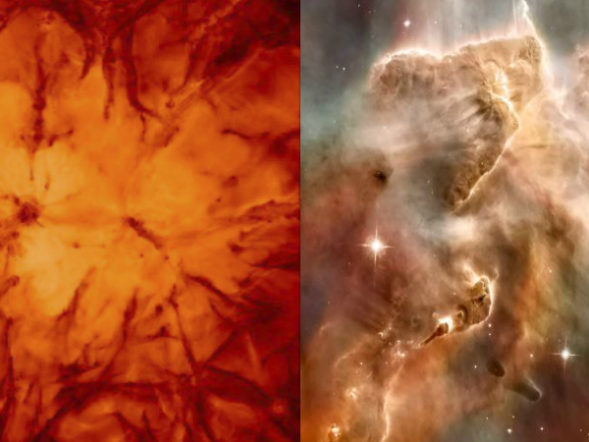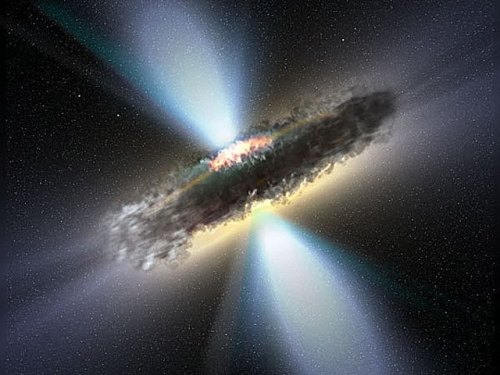My latest at Sky and Telescope
Astronomers confirm that debris from Comet 209P/LINEAR should create a sky show on May 24, 2014.

According to predictions, a little-known comet will pass perihelion in early May of 2014 and, two weeks later, sandblast Earth with dust particles spread along its orbit
The tried-and-true list of showers might change soon, though. As we noted in 2012, the comet 209P/LINEAR, which passed by the Sun in 2009, may produce a big meteor shower on May 24, 2014. New calculations by Quanzhi Ye and Paul A. Wiegert (both University of Western Ontario) refine that prediction — and make it a little less optimistic.







